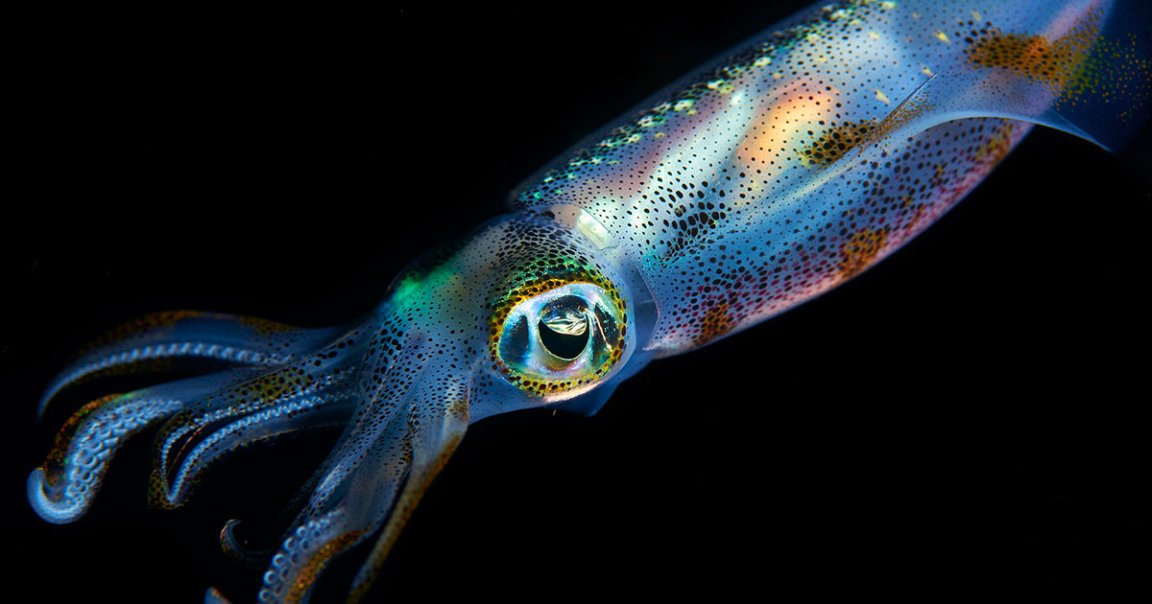
Squid Envy
Squids and octopuses are some of the most mesmerizing creatures of our oceans, endowed with a unique ability to fluidly change the color and transparency of their skin. This gives them an almost otherworldly aura — and to the scientists trying to understand the mechanisms behind their active camouflage, they might as well be.
That’s because squid skin cells can’t be cultured in a lab, making them almost impossible to study. But now, some intrepid researchers have come up with a clever workaround: replicating squids’ camouflage ability in human cells instead.
“We had this crazy idea to see whether we could capture some aspect of the ability of squid skin tissues to change transparency within human cell cultures,” said Alon Gorodetsky, who presented his team’s findings at a meeting of the American Chemical Society, in a press release.
Cell Shading
The so-called “tunable transparency” of cephalopods functions through a combination of pigment-based coloration, which can change how much light is absorbed, and structural coloration, which affects how the light is scattered through micro and nanoscopic structures, Gorodetsky explained.
Gorodetsky and his research focused on leucophores, skin cells that facilitate structural coloration through proteins called reflectins. These reflectins typically clump together, forming nanoparticles that can bounce back light that appears white.
By letting light through with little scattering, the surface can appear transparent. With more scattering, the skin becomes opaque. The researchers’ goal was to control the reflectin in these cells in order to control the transparency.
“We wanted to engineer mammalian cells to stably, instead of temporarily, form reflectin nanostructures for which we could better control the scattering of light,” Gorodetsky said.
Salty Solution
To test this, Gorodetsky’s team first had to introduce reflectin-forming genes from squids into human cells, but figuring out how to get the souped-up human cells to stably produce the reflectin took some tinkering.
Eventually, they found their salvation in salt.
By adding salt to the media of the cell cultures, the reflectin in the human cells began to clump together into larger nanoparticles. The more they added, the bigger the reflectin clumps. This, in effect, allowed them to tune the transparency by controlling the amount of salt.
The point of this discovery isn’t to help create invisible humans. Instead, Gorodetsky hopes that his team’s findings will allow scientists to better image squid skin cells, which will in turn, hopefully lead to more squid-inspired innovations like liquid windows.
More on hard science: Brutal-Looking “Edward Scissorhands on Speed” Dinosaur Was Just Showing Off, Scientists Conclude